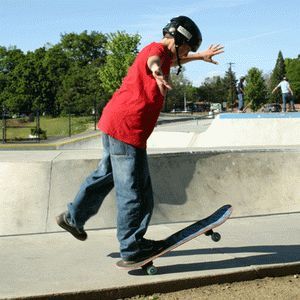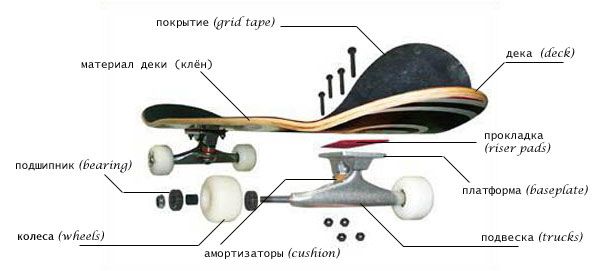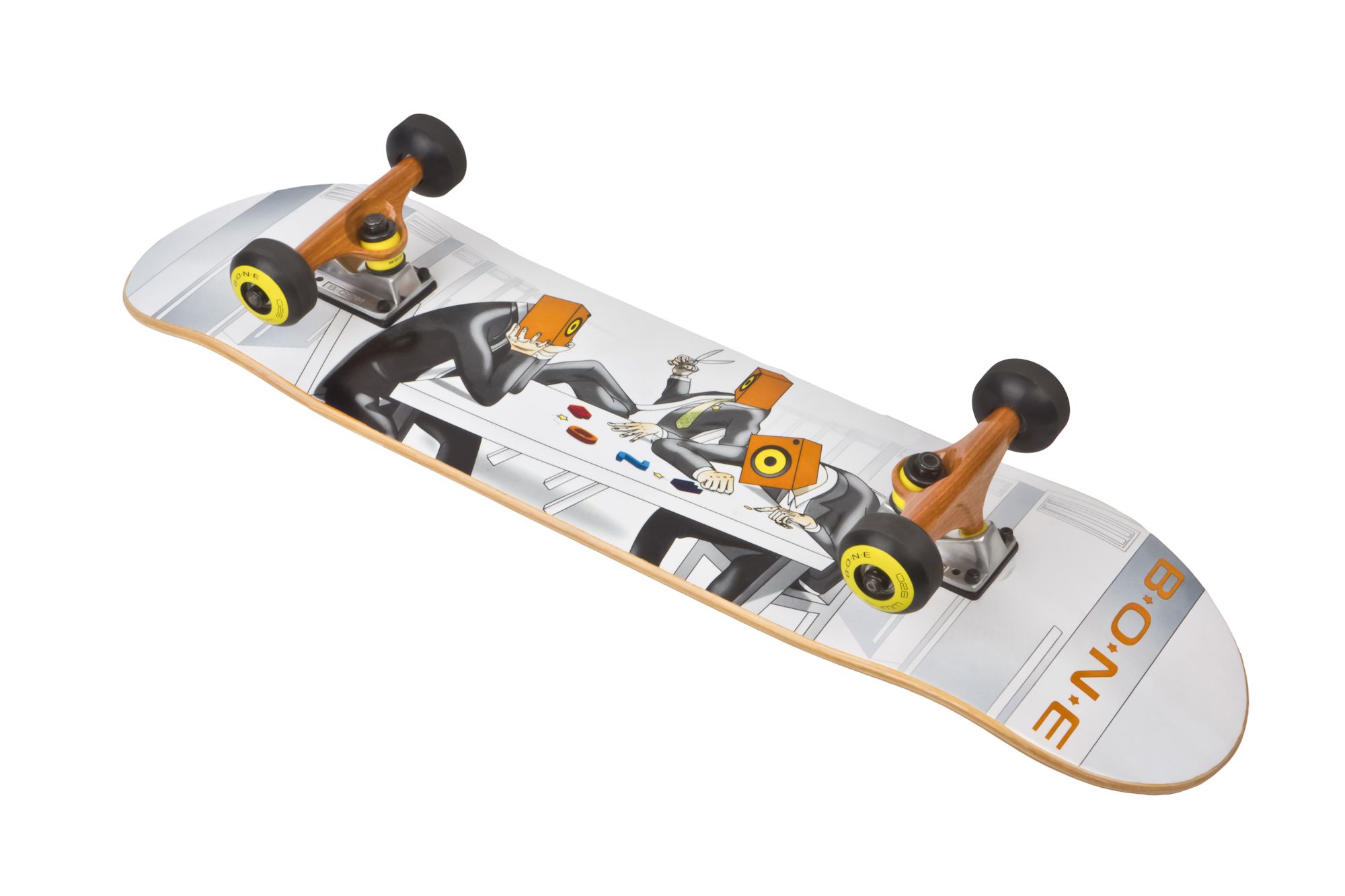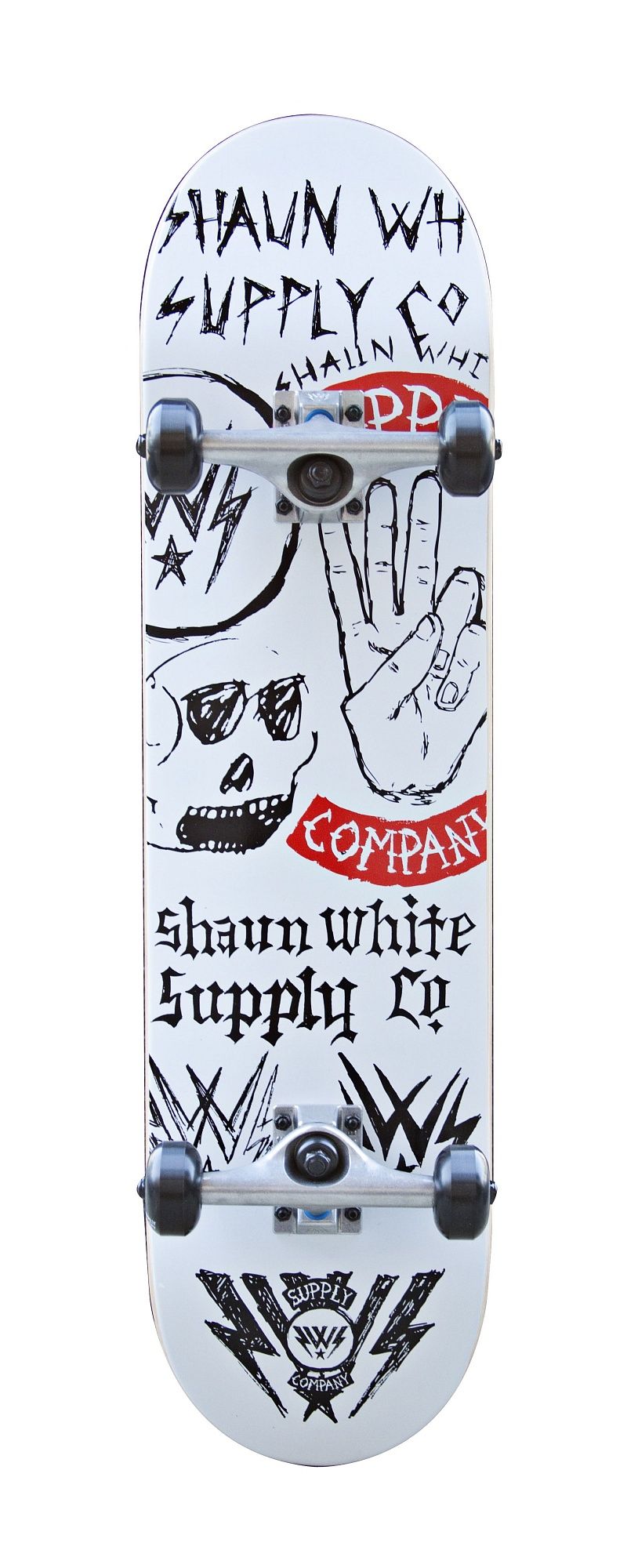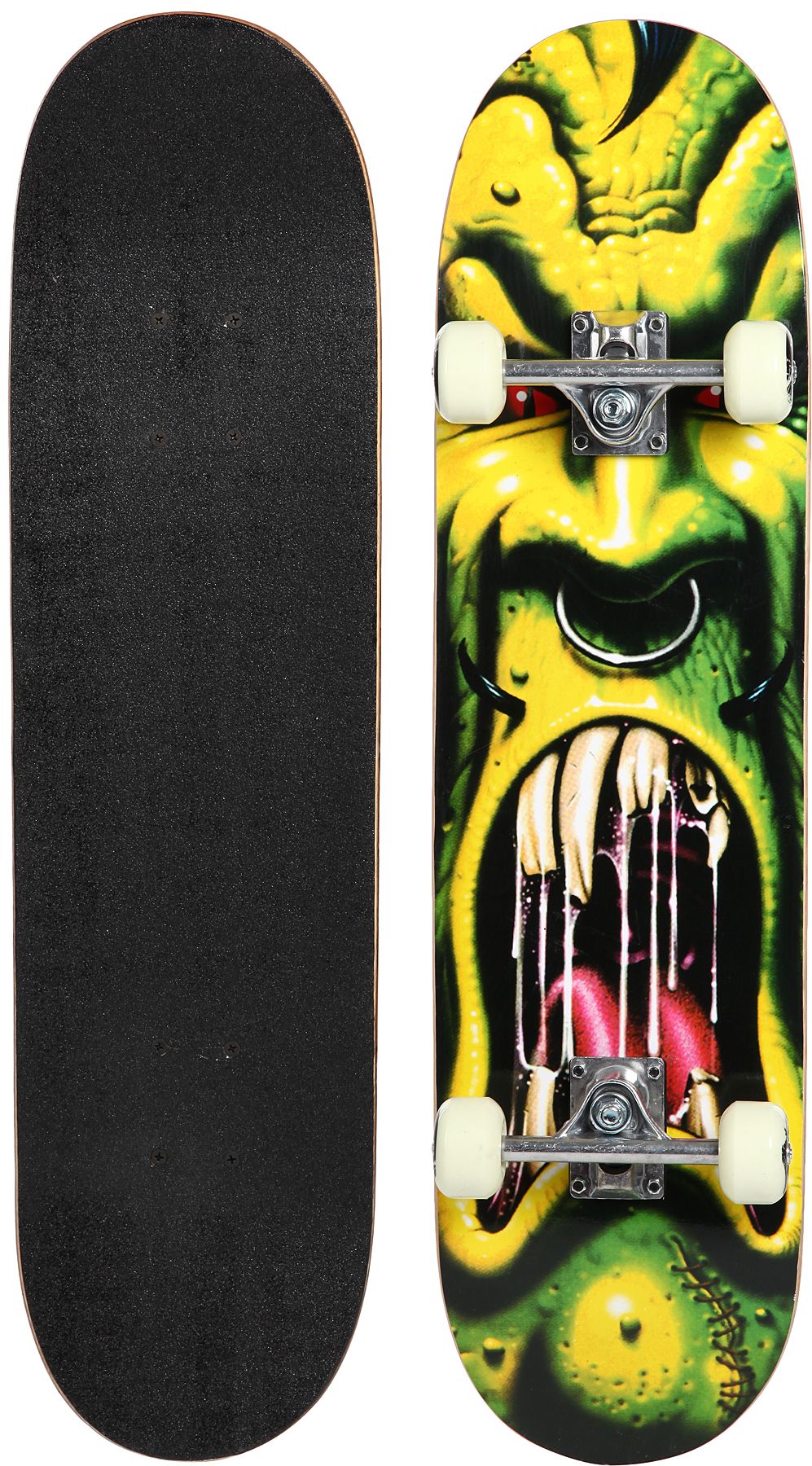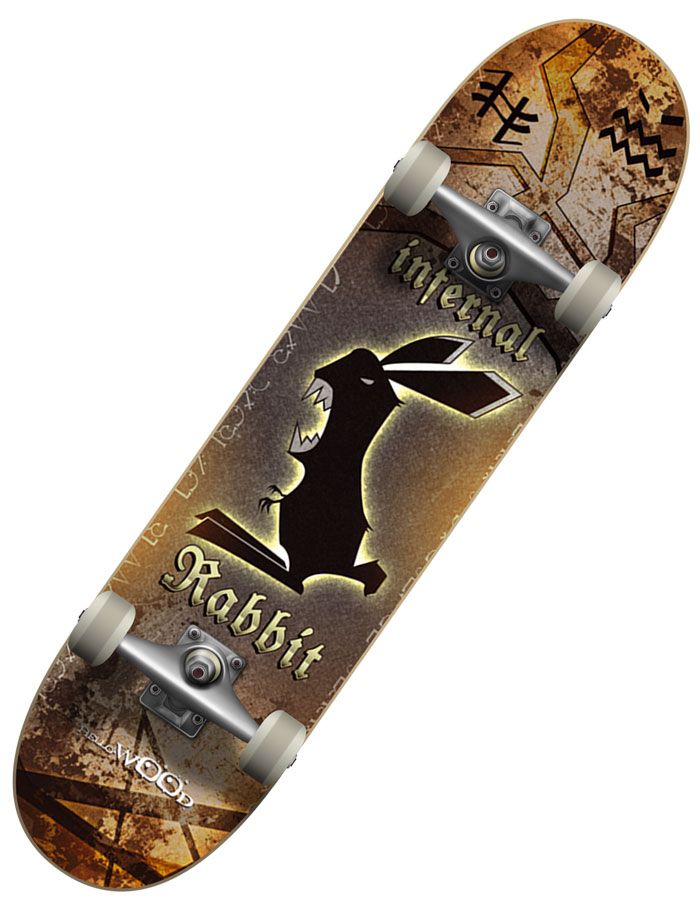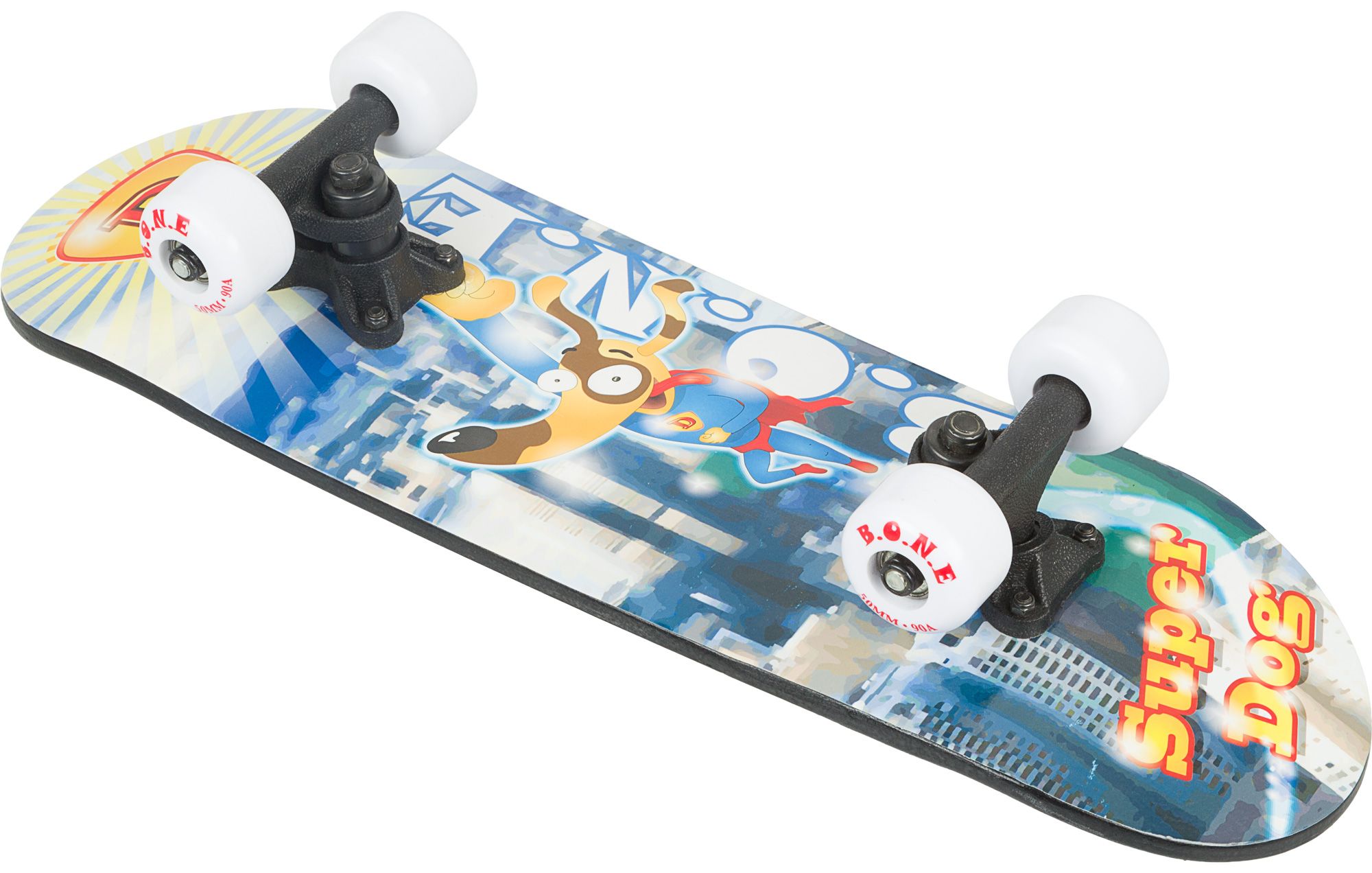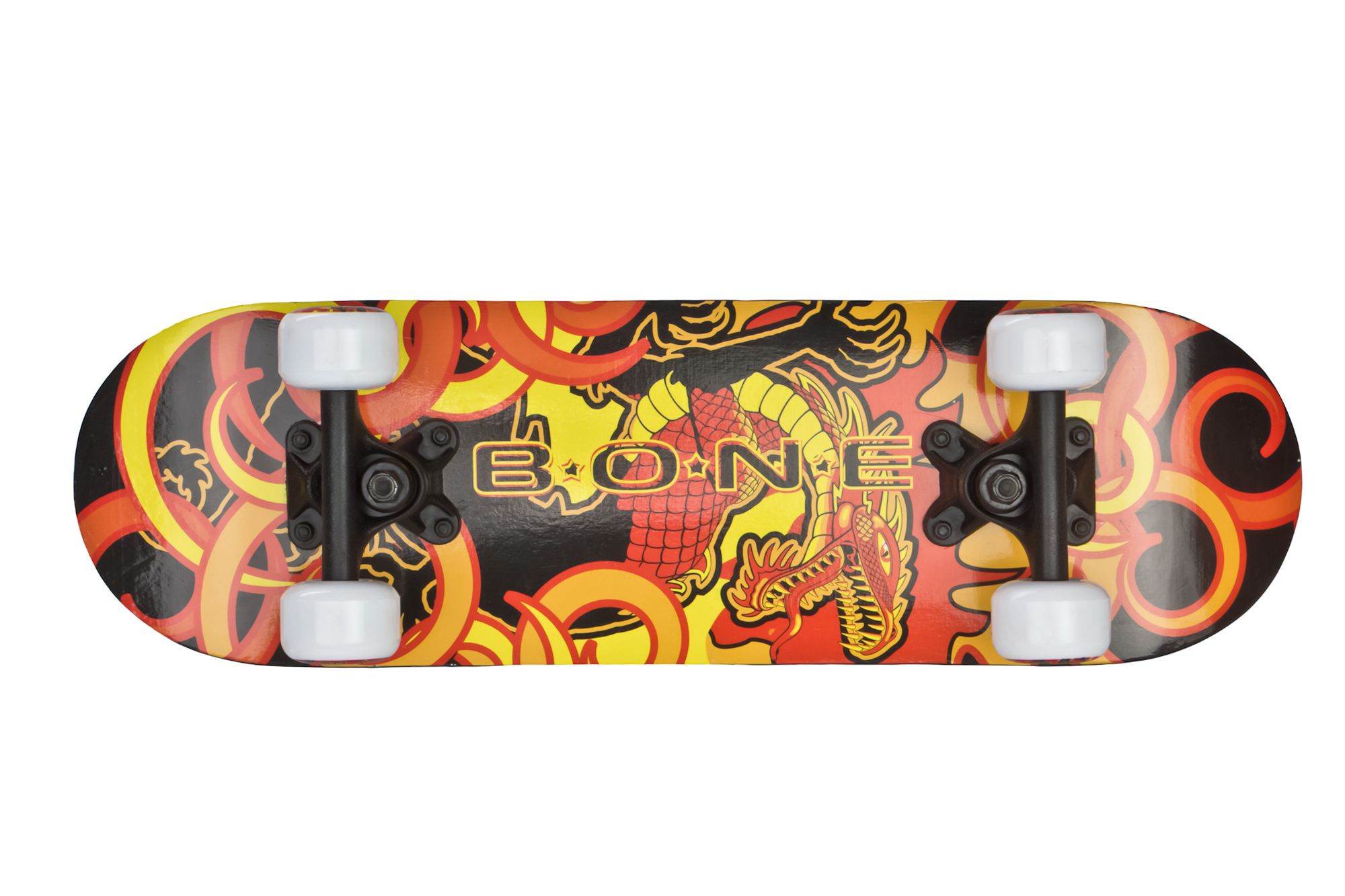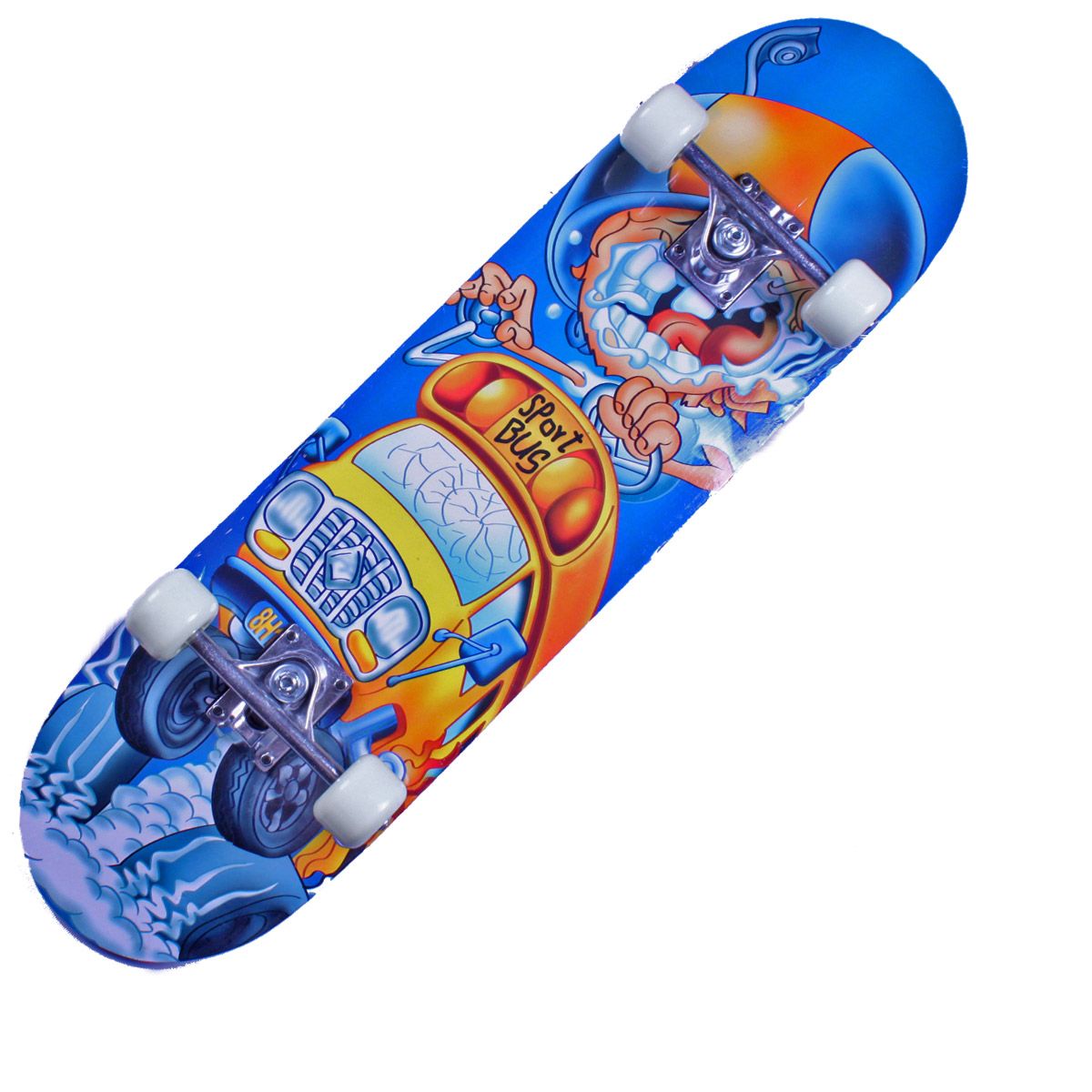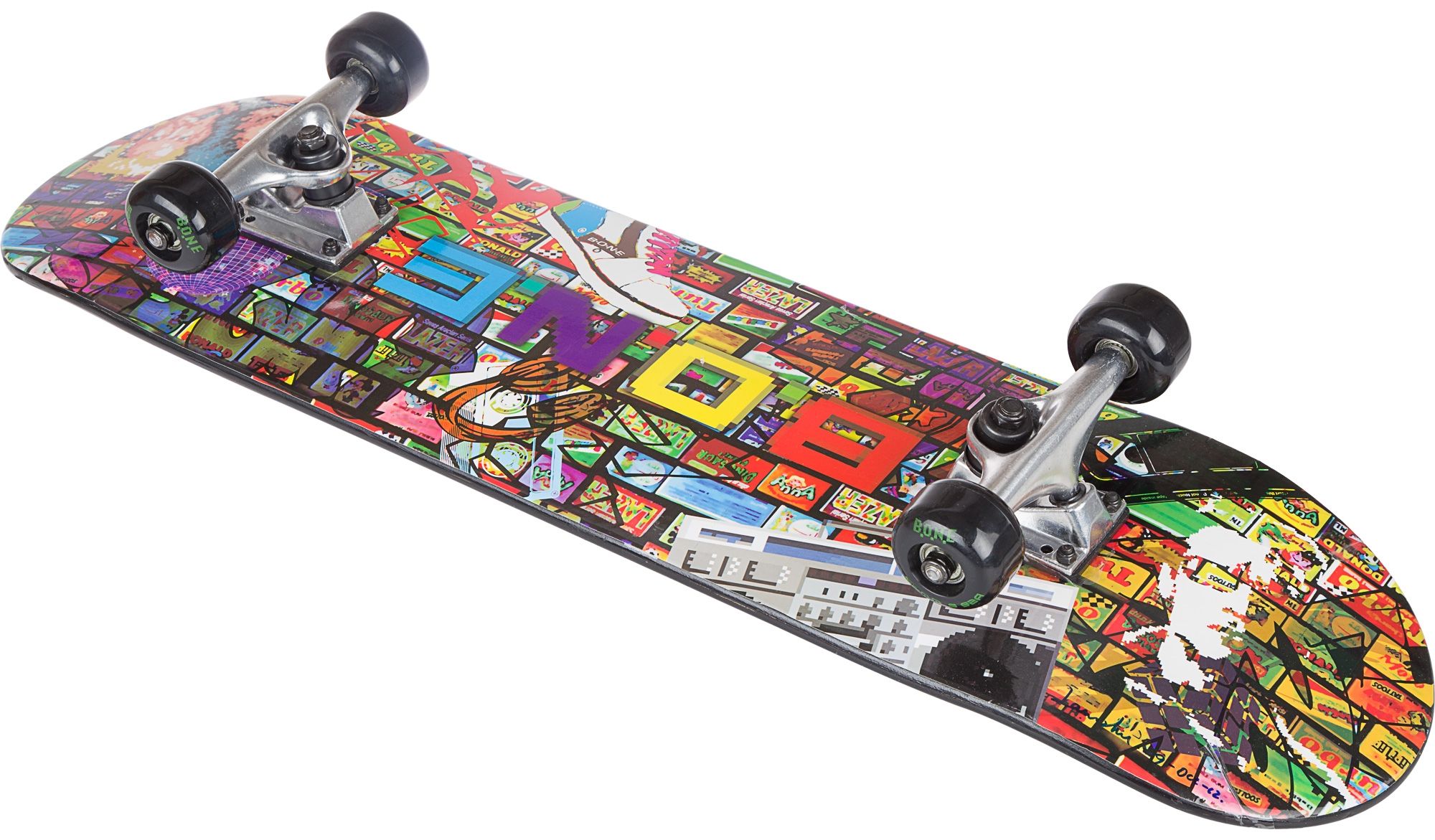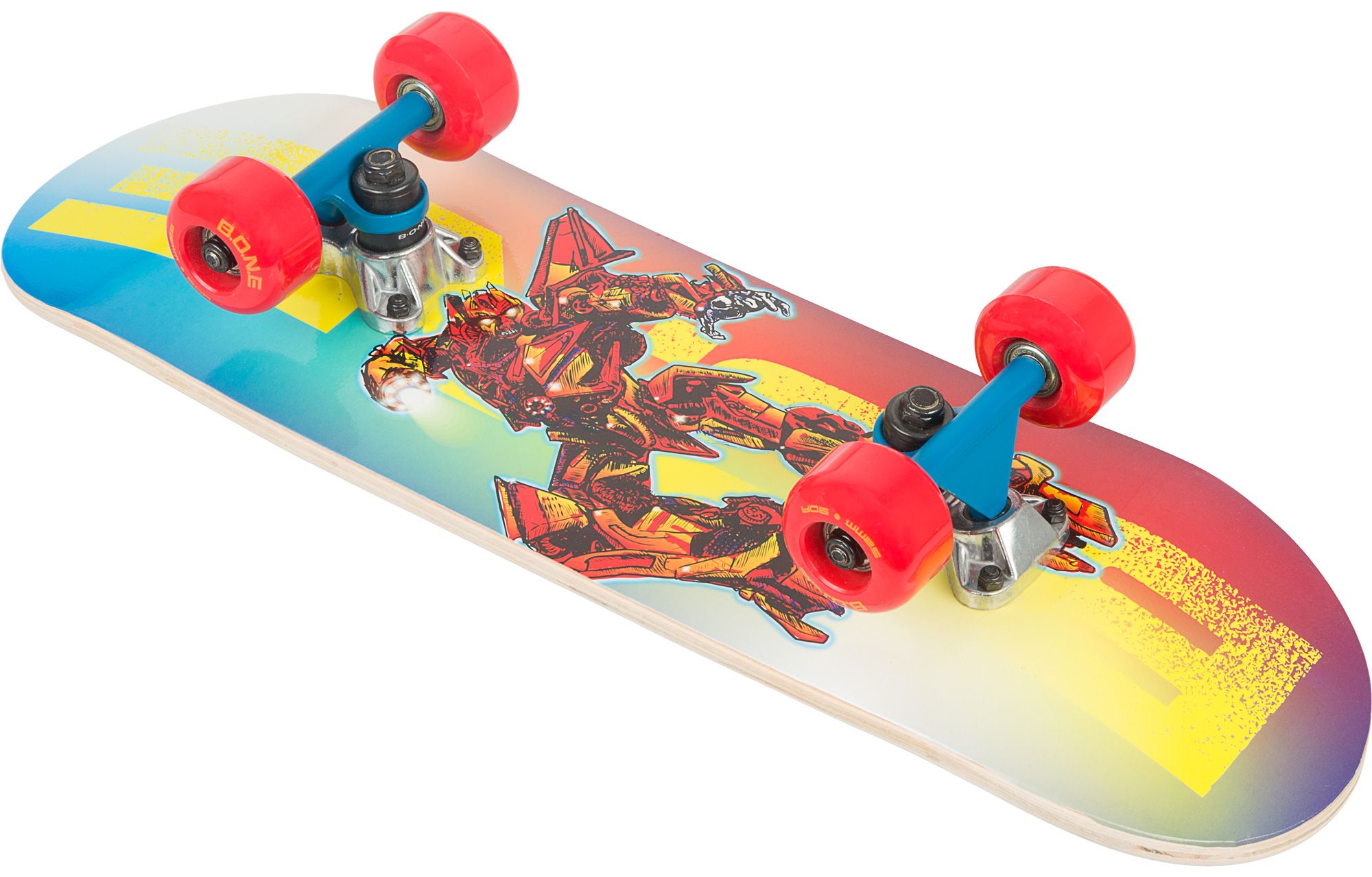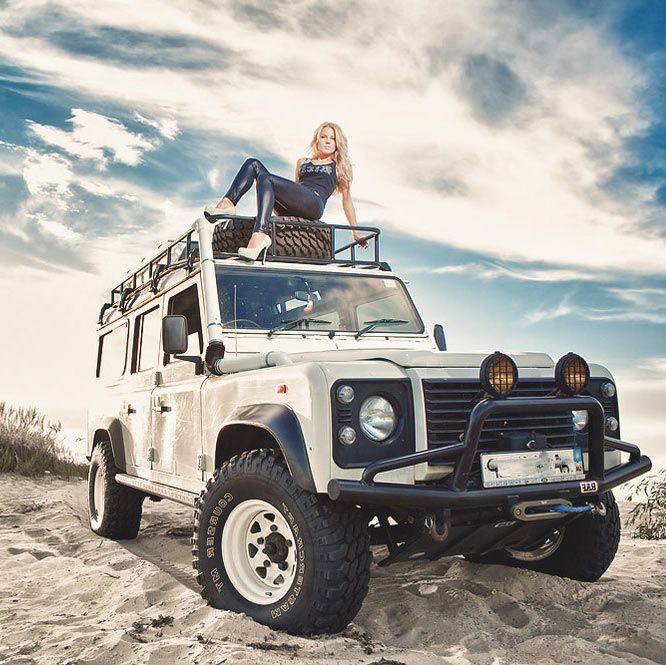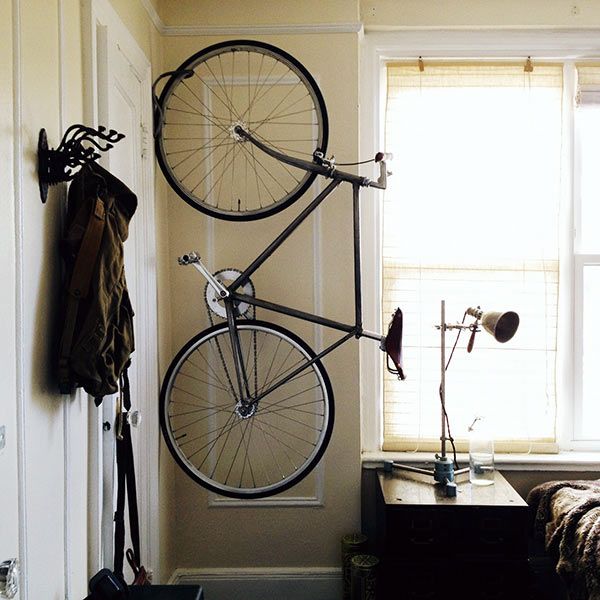Skateboarding is an extreme sport that involves the skillful performance of tricks on a special board — a skateboard. It originated quite a long time ago, back in the 1930s. The concept was invented by surfing enthusiasts who wanted to stave off boredom when there were no waves at the beach. Since a surfboard is quite large, what they initially came up with was a longboard . They later realized that performing tricks was much easier on a shorter, more manageable board. Since then, people have developed a passion for skateboarding.
In recent years, skateboarding has gained popularity among young people, evolving from a simple pastime into a full-blown subculture, complete with its own music, clothing style, behavior, and leisure activities. Furthermore, not long ago, it was officially recognized as a sport, with a set of rules and its own International Association of Skateboard Companies.
June 21 marks the official holiday for fans of this sport — International Skateboarding Day. Skate tricks have thus earned a serious reputation. Year by year, the number of people who admire and are passionate about this sport continues to grow.
Moscow climbing gyms offer routes for bouldering to professional climbers.
Powered hang gliders are correctly called motorized hang gliders. Read more in our article.
Main Skateboarding Styles
- Flatland (from the English “flat land”) – This is the earliest style, characterized by riding and performing various tricks on flat surfaces such as asphalt or concrete.
- Street – As the name suggests, this is street-style skating, where all sorts of stairs, rails, barriers, and curbs form the basis for tricks. Most skateboarders today practice this style.
- Freestyle – Very popular in the 70s and 80s, this style required all tricks to be performed on a single plane.
- Vert – A style that emerged in 1976 thanks to the Z-Boys team. Due to drought conditions, they started skating and doing tricks on skateboards in dried-up pools. This style involves tricks on ramps.
- Park – A successor to vert style that involves performing tricks on ramps but now in specially constructed skate parks, where dedicated ramps allow skaters to execute particularly spectacular and complex elements.
No matter which style you aspire to master, the process for a beginner will be labor-intensive and fairly costly, as proper skateboarding starts with selecting quality and comfortable gear: the board, suitable shoes, and spare skateboard parts.
Quality and Comfortable Equipment
The most important asset of a skateboarder is their board. For beginners, a good choice would be purchasing the so-called “American setup,” which includes the following components:
- Deck
- Trucks (suspensions) and bushings
- Wheels
- Bearings
- Griptape
- Tools and bolts for assembly
Without a doubt, all these components should be purchased only in specialized stores and after a consultation with a salesperson who can recommend the right combination of parts for a specific skateboarder. However, there are general selection rules worth learning about in advance.
The deck is the most vital part of the skateboard, but also the most short-lived — as your skating skills improve, you’ll find yourself replacing it quite often.
The deck is usually made of several layers of Canadian or Chinese maple wood glued together. The quality of the glue determines whether the deck will delaminate. On some models designed for street skating, an additional plastic layer (slick) is applied to the underside to enhance the board’s sliding capabilities on rails.
How do you choose a deck to avoid a defective or dried-out version? The easiest way is to join a skateboarding forum and ask an experienced skater for help in choosing one. But if this isn’t feasible, you’ll have to rely on yourself.
How a compass works, how to determine azimuth, and how to orient using a compass , are explained in our material.
If you like parkour but don’t know where to start, this guide is for you . We have selected the five best feature films about aviation, read here
How to Choose a Skateboard on Your Own
If you’ve decided to pick a skateboard for yourself or your child, here’s what you need to pay attention to:
Deck width. It can range from 4.7 to 10.625 inches. For beginners, an 8-inch board will be an optimal choice, and as you learn, it will be easy to figure out whether it’s suitable or if a wider or narrower board is needed. A wider deck provides stability and better grip with your feet. A narrower one offers more maneuverability.
The length of the board hardly affects the complexity of riding, so you can choose any. The standard is considered 31 inches (78.7 cm). For very young skateboarders, reduced models are available—mini-skateboards. Similarly, the concave (the curve of the board) doesn’t significantly influence ease of riding for beginners—it’s a matter of personal preference that becomes clear with experience.
When selecting, make sure to carefully inspect the board for transverse cracks—this is a sign of a defect. However, longitudinal cracks near the bolts are not as critical—they tend to appear on almost all boards within the first week of riding. The most renowned deck brands are Mystery, Jart, Toy Machine, Almost—if you have no experience in choosing boards, it’s better to focus on these brands.
The next component of the board is the trucks. They’re chosen based on the deck’s width and are used to attach the wheels and bearings. The stiffness of trucks can be adjusted to suit different riding styles. The material is aluminum. Sometimes steel trucks are available—they are more durable but also heavier.
Wheels for skateboards come in a wide variety. For beginners, it’s better to choose regular, hard wheels of medium size. Their size ranges from 50 to 180 millimeters. Standard 54-millimeter wheels would be optimal. Keep in mind that wheels need frequent replacement—they wear out quickly during riding.
An important part of the setup is the bearings. You shouldn’t skimp on these because your skateboard’s speed and the skater’s safety depend on their quality. Therefore, it’s better to avoid cheap Chinese options and look for bearings from brands like Fkd, Lucky, or Cliche. Moreover, bearings are classified by the ABEC (Annular Bearing Engineering Council) scale: 1 and 3 are entry-level bearings for beginners, while 5, 7, and 9 are designed for professionals.
Grip tape is the sandpaper-like surface that ensures grip between the board and your shoes. Choosing it can be based on personal taste—with or without a design—its color won’t improve your riding skills.
It’s also important to pick the right shoes for skateboarding. These can be sneakers or skate-specific shoes—depending on your preference. In any case, it’s better to select brands specifically designed for skateboarding, which can be found in specialized stores. And of course, they must be comfortable and the correct size.
All these components form a complete setup that, when chosen correctly, will significantly simplify the learning process of skateboarding.
Learn how to tie basic climbing knots by reading this article.
Before heading out on a road trip, check out this page on what campgrounds are.
Learning to Skateboard as a Beginner
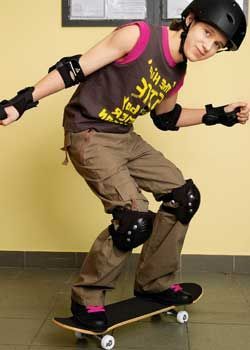
In visually appealing videos, it might seem that skateboarders easily pull off complex tricks. But it’s important to understand that mastering difficult skateboard tricks requires long, patient practice, as well as enduring bumps and scrapes. Therefore, the first piece of advice is to buy protective gear. You’ll need a helmet to protect your head, knee pads, elbow pads, and wrist guards. Properly fitted protective equipment won’t cause much discomfort. On the other hand, riding with scraped knees and hands will be much more inconvenient!
After choosing your gear, you should get used to the skateboard. To do this, place it on a flat surface and practice balancing on it, standing still, finding a comfortable body position, and trying to shuffle your feet around.
Next, you need to determine which foot will be in front—left or right. This doesn’t necessarily depend on whether you are left-handed or right-handed. To find out, try kicking a ball with either foot—the one that feels more natural will likely be at the back and serve as the supporting foot. Another way to figure this out is to gently push someone—they will instinctively step forward with their dominant foot, which will be their supporting foot on a skateboard. After properly positioning yourself on the skateboard, you can gradually start learning how to move and stop. This process is lengthy and will likely involve falls, but with the right skateboard and correctly placed supporting foot, progress in riding will become noticeable rather quickly. Therefore, don’t be shy, don’t fear falling, and boldly start by riding on a flat surface, then gradually learn to turn and overcome obstacles. It’s best to practice all of this at skateparks, and ideally not alone – learning in a group and with music will make the experience more pleasant and fun.
